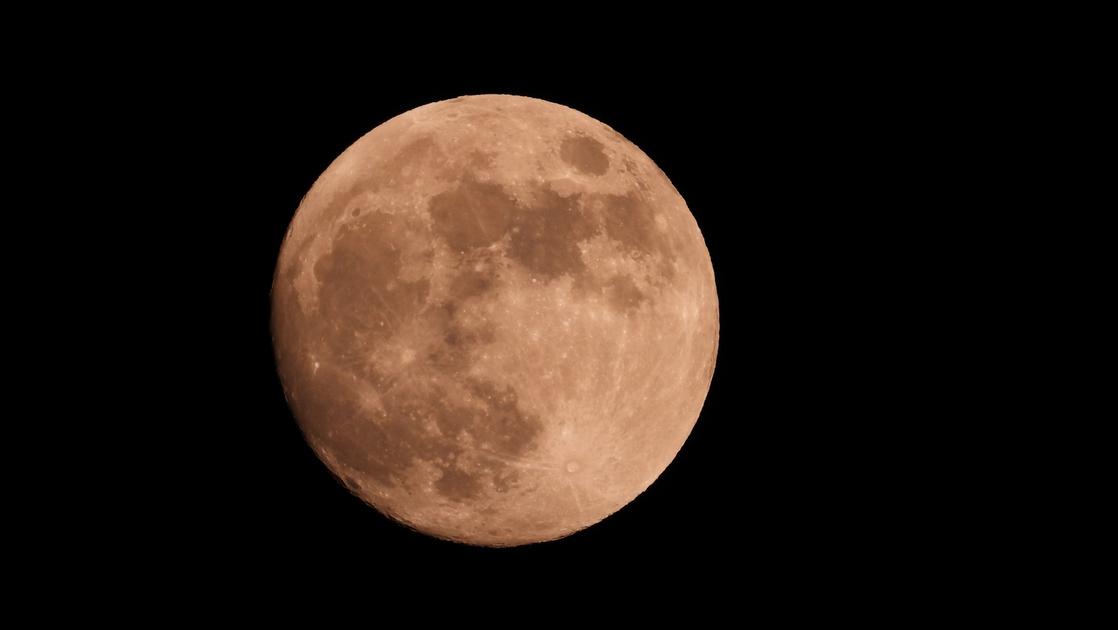Live Stream: Witness the Most Distant Full Moon of 2024!
Editor’s Note: The most distant full moon of 2024 is happening today! Don't miss this rare celestial event. We'll guide you on how to watch the live stream and what makes this full moon so special.
Why This Matters: Understanding the Apogee Full Moon
This isn't just any full moon; it's a special one occurring at the moon's apogee – its farthest point from Earth in its elliptical orbit. This means the moon will appear slightly smaller than usual in the night sky. While the difference might be subtle to the naked eye, the astronomical significance makes this event noteworthy for both amateur and seasoned stargazers. We'll explore the science behind this phenomenon and its impact on Earth's tides. Learning about the moon's varying distances helps us understand its complex gravitational relationship with our planet and its impact on our world.
Key Takeaways
| Feature | Description |
|---|---|
| Date & Time | [Insert Date and Time of Full Moon and Live Stream Here – Use Specific Time Zones] |
| Type of Moon | Apogee Full Moon (Farthest from Earth) |
| Visual Impact | Appears slightly smaller than average |
| Live Stream Link | [Insert Link to Live Stream Here] |
| Significance | Understanding lunar orbit and its effect on tides |
Live Stream: The Most Distant Full Moon of 2024
This year's apogee full moon presents a unique opportunity to witness a celestial event that highlights the dynamic nature of the moon's orbit. The moon's elliptical path means its distance from Earth constantly changes, leading to variations in its apparent size and brightness. Observing this apogee full moon offers a fascinating glimpse into this celestial dance.
Key Aspects of the Apogee Full Moon
- Orbital Mechanics: The moon's elliptical orbit is the primary driver of this event. We'll explore Kepler's Laws and how they influence the moon's position.
- Apparent Size: Although the difference is subtle, the moon will appear slightly smaller during this full moon compared to others.
- Tidal Influence: We'll discuss the relationship between the moon's distance and the strength of its gravitational pull on Earth's tides.
Detailed Analysis: Unpacking the Science
This section will delve into the scientific principles governing the moon's orbit, explaining the mechanics behind the apogee and its effects. We'll use diagrams and comparisons to illustrate the concept clearly. For example, we can compare the apparent size of this full moon to a perigee full moon (when the moon is closest to Earth) to show the subtle differences.
Interactive Element: Moon Phase Tracker
[Insert interactive moon phase tracker here – perhaps a simple graphic showing the moon's orbit and current position] This will allow readers to visualize the moon's position in its orbit and understand the concept of apogee more readily.
Interactive Element: Tidal Effects Simulation
[Insert a simple simulation or animation showcasing how the moon's distance impacts tidal forces.] This helps readers visually grasp the relationship between the moon's distance and tidal patterns on Earth.
People Also Ask (NLP-Friendly Answers)
Q1: What is an apogee full moon?
A: An apogee full moon is a full moon that occurs when the moon is at its farthest point from Earth in its orbit.
Q2: Why is this apogee full moon important?
A: It provides a valuable opportunity to observe and understand the moon's elliptical orbit and its influence on Earth.
Q3: How can I benefit from watching this event?
A: Watching the live stream offers a chance to appreciate the beauty of the cosmos and learn about celestial mechanics.
Q4: What are the main challenges in observing this event?
A: The main challenge is the moon's slightly smaller appearance, making the difference subtle to the naked eye.
Q5: How can I get started learning about lunar cycles?
A: Start by researching online resources, joining astronomy clubs, or using astronomy apps to track moon phases.
Practical Tips for Observing the Apogee Full Moon
Introduction: These tips will enhance your viewing experience of this unique celestial event.
Tips:
- Find a dark location: Minimize light pollution for optimal viewing.
- Use binoculars or a telescope: Magnify the view to better appreciate the moon's details.
- Take photos: Capture the moment with your camera or smartphone.
- Share your experience: Use #ApogeeFullMoon on social media to connect with other viewers.
- Learn more: Explore online resources to deepen your understanding of lunar cycles.
- Check the weather forecast: Ensure clear skies for optimal viewing conditions.
- Set a reminder: Don't miss the live stream or the actual event.
- Engage with the live stream: Ask questions and interact with other viewers and experts.
Summary: Following these tips will help you fully appreciate the most distant full moon of 2024!
Transition: Now, let's summarize the key findings and insights from our exploration.
Summary (Resumen)
The apogee full moon, while appearing slightly smaller than average, presents a significant opportunity to understand the dynamics of the moon's orbit and its influence on Earth. We’ve explored the scientific principles, provided practical tips for observation, and highlighted the importance of this astronomical event.
Closing Message (Mensaje Final)
Take a moment tonight to look up at the sky and appreciate the celestial dance of the moon around our planet. What other celestial events are you looking forward to this year? Share your thoughts!
Call to Action (CTA)
Subscribe to our newsletter for updates on future astronomical events! Share this article with your friends and family – let's celebrate the wonders of the cosmos together! [Link to Newsletter Signup]
(Hreflang tags would be added here, based on the target languages.)

